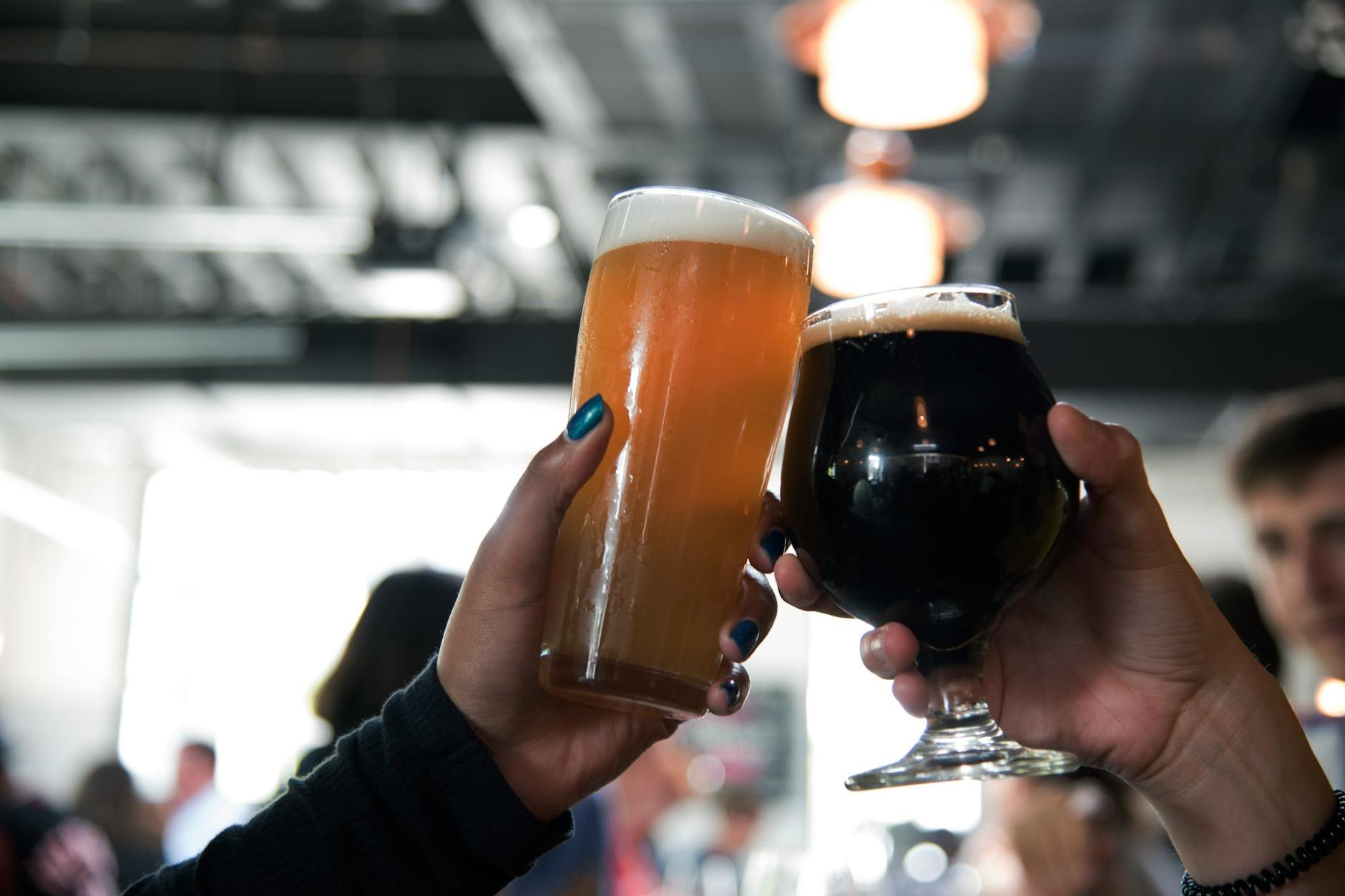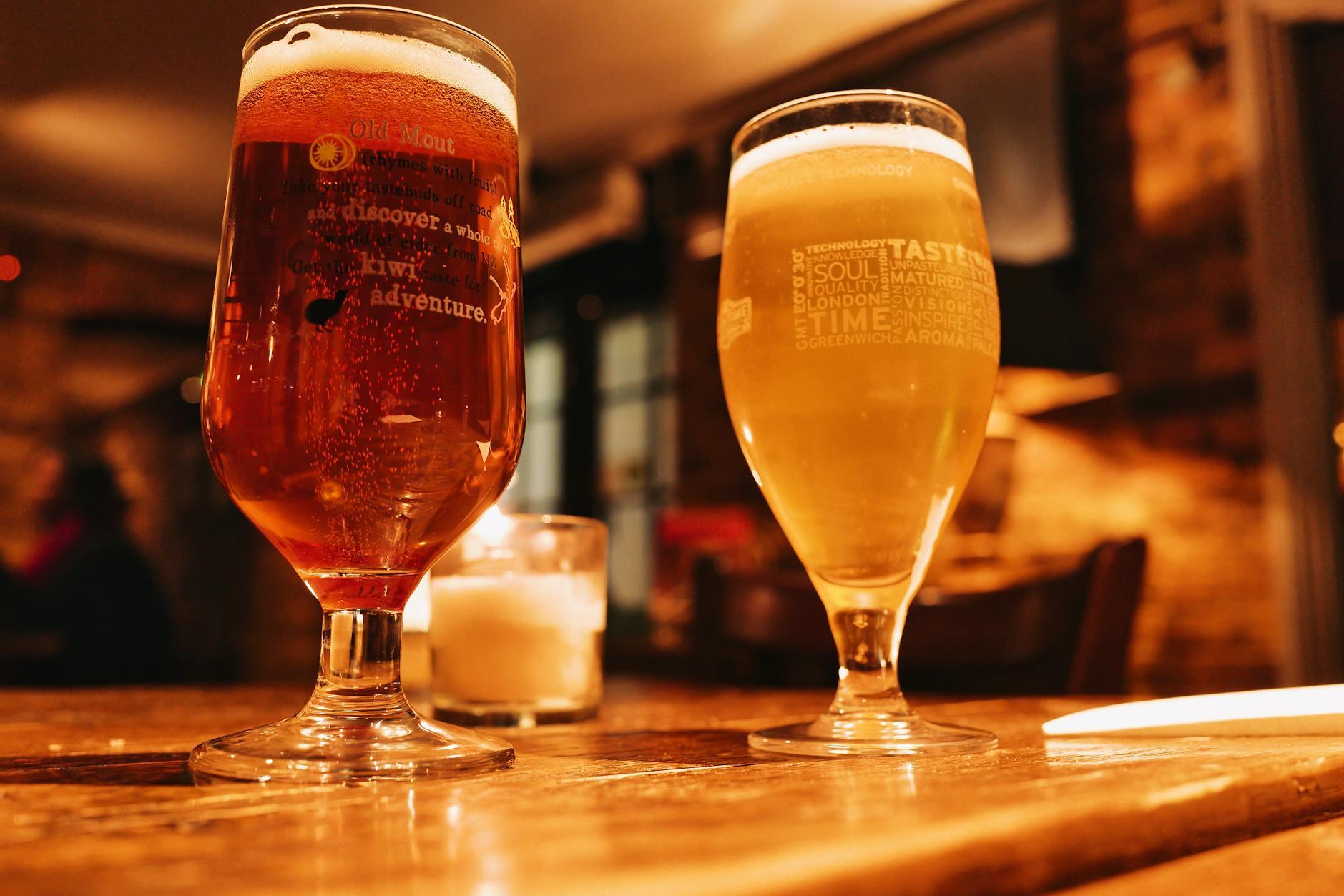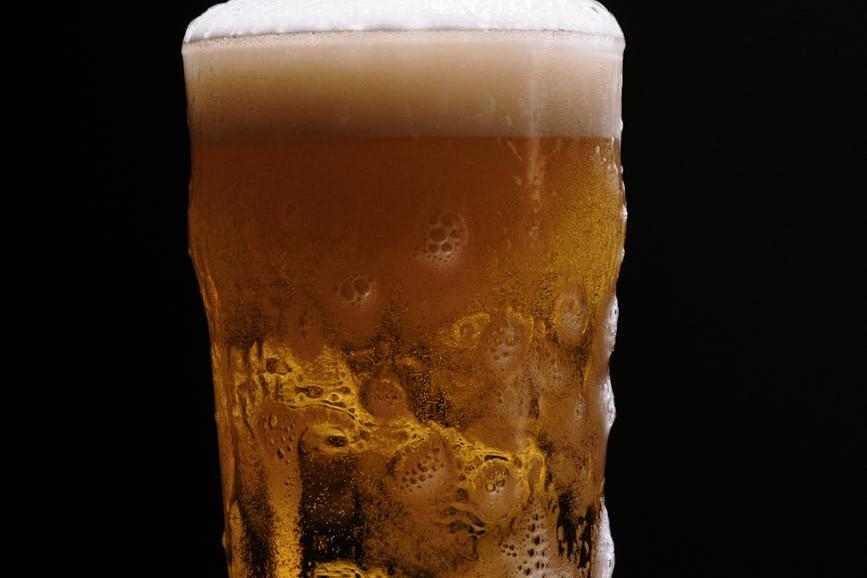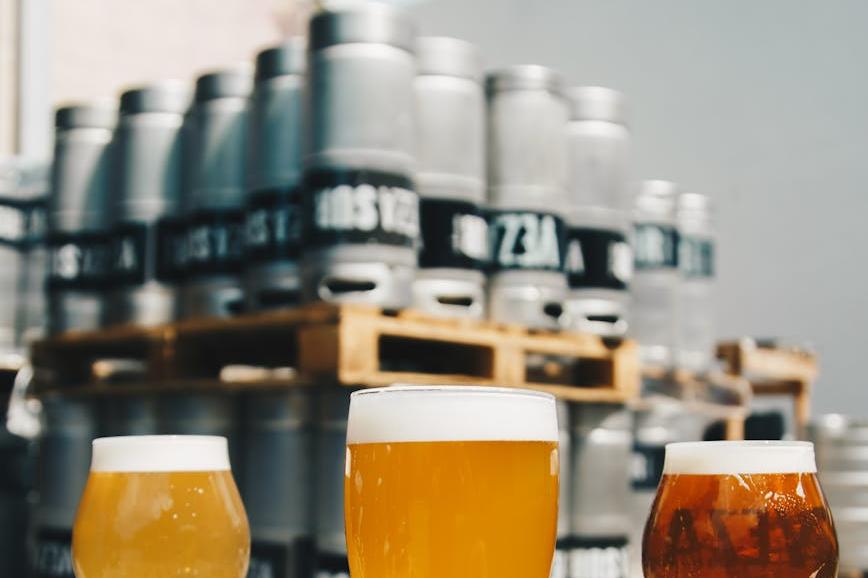- Shanghai Zhongshen International Trade Co., Ltd. - Two decades of trade agency expertise.
- Service Hotline: 139 1787 2118
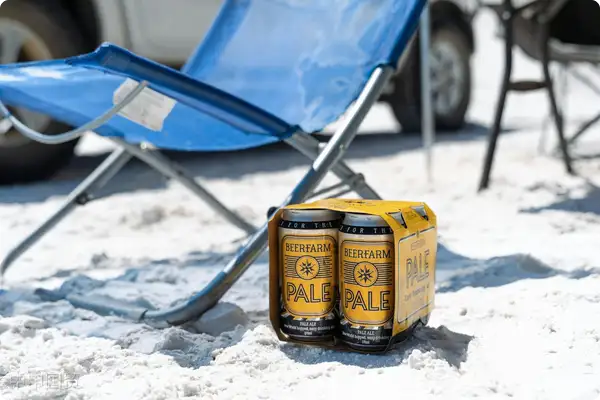
Contents
ToggleWhen Craft Beer Meets Chinese Customs
Last month, I just handled a case of Belgian Trappist beer being held at the port, where $300,000 worth of goods nearly faced rejection due to missing ingredient labels on the packaging. This reminded me of my first experience importing German dark beer two decades ago, when I paid a painful $200,000 "tuition fee" at Tianjin Port. Today, I'll leverage my hands-on experience to help you decode the four critical customs clearance secrets for imported alcohol distribution.
Certification: The More Important Ticket Than Product Selection.
Last year, a certain emerging agent had an entire container of Spanish fruit beer detained due to the lack of registration in the "List of Overseas Manufacturers of Imported Food Products." Remember these three essential documents:
- Food Circulation License (scanned copy of the original + notarized translation)
- Certificate of Sanitary Origin (must include 18 data points such as alcohol content and ingredient ratios).
- Chinese Back Label Pre-Review Certificate (It is recommended to submit it to customs for pre-review 30 days in advance)
Three Hidden Variables in Tariff Calculation
Don't be misled by the 10% general tariff rate; the actual cost could differ by up to 23%:
- Packaging Material Traps:Glass bottles are subject to a 3% higher consumption tax compared to aluminum cans.
- Alcohol Gradient Tax:The VAT difference between 5.6% vol beer and 12% vol craft beer reaches 8%.
- Impact of Transport Temperature:Cold chain transportation is eligible for a 1.2% tariff reduction.
The golden ratio for logistics solution selection
After handling over 300 beverage cabinet shipping cases, I've distilled this decision matrix:
- 20ft container economy type (suitable for general circulation goods)
- Maritime TransportationPeriod: 35 days in Europe / 28 days in Australia
- Breakage rate control: Packaging standard of <0.3%
- Constant temperature container (recommended for high-end craft beer)
- Temperature fluctuation: ±1.5°C, monitored throughout the process.
- Cost increase: 40% higher than standard containers but reduces wear and tear by 78%.
Three Fatal Details in Brand Implementation
A German brand lost millions last year by neglecting these three details:
- Back Label Translation Pitfalls:The literal translation of "craft beer" may not comply with the GB7714 standard.
- Classification of Bottle Caps for Taxation:The HS codes for screw caps and crown caps are different.
- Promotional Item Declaration:The complimentary wine glass must be declared separately for its value.
Avoid these three common pitfalls
- Superstitious belief in FOB quotes (actual landed cost may exceed budget by 15%)
- Ignoring cultural taboos (a batch of Middle Eastern-style beer was returned due to pattern issues).
- Blind pursuit of zero breakage (Controlling a reasonable breakage rate is more conducive to long-term cooperation)
I remember last year when helping a client clear Canadian ice wine through customs, the pre-prepared temperature differential curve reduced inspection time by 72 hours. The real competitiveness in this industry often lies hidden in the seventh remark column of the customs declaration form. Next time you receive a quotation, you might as well ask, "Can the temperature monitoring data during transit be viewed in real time?" Perhaps this is the key to unlocking new markets.
Related Recommendations
? 2025. All Rights Reserved. Shanghai ICP No. 2023007705-2  PSB Record: Shanghai No.31011502009912
PSB Record: Shanghai No.31011502009912

